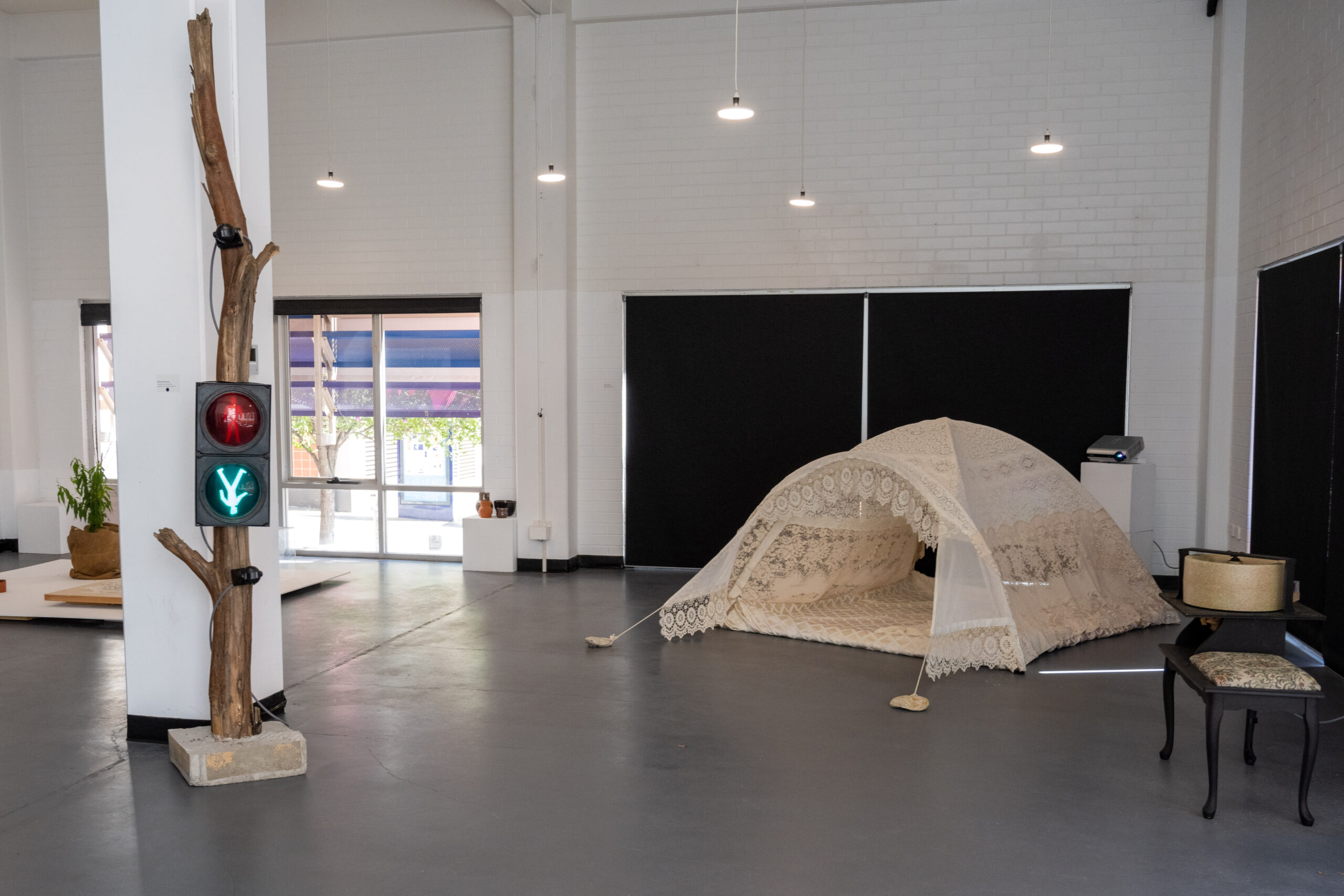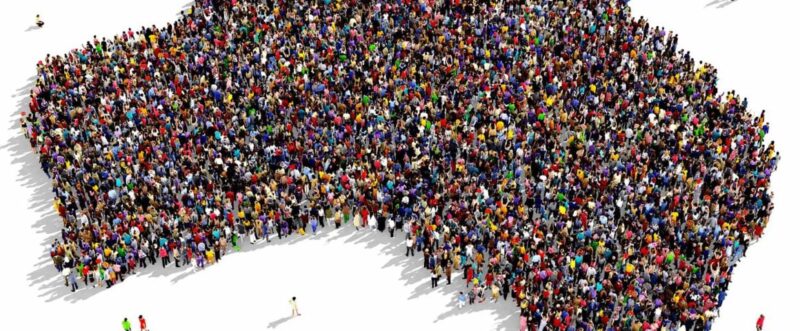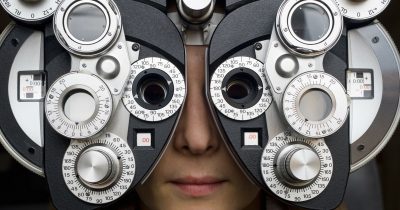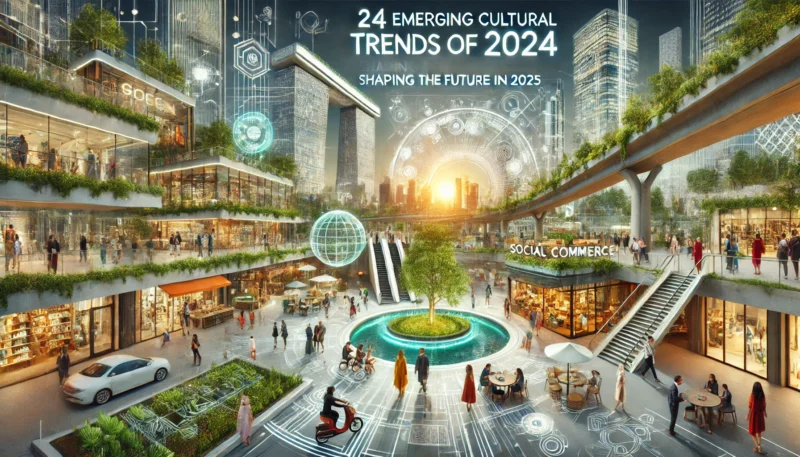Contemporary artist Bianca Hoffrichter is interrogating our relationship with found objects
If you have visited Square Holes HQ within the last year and a bit, you would’ve come across the commanding outwork that precedes your entry into the office space. Commanding because it stands at an impressive height and consists, in part, of a fallen eucalyptus branch, but also literally commanding as the traffic light randomly directs you to stop/start depending on your movement.
The work is titled Strait and was created by emerging contemporary artist Bianca Hoffrichter, where it was picked up by our managing director Jason Dunstone at the 2022 Helpmann Academy Graduate Exhibition to add to the growing collection at our office.
Square Holes have partnered with the Helpmann Academy since 2016 to provide insight into the evolving needs of emerging creatives in South Australia. In 2022 Square Holes further established this important partnership by joining the organisation as an award donor, debuting the Square Holes Award at the Helpmann Academy Graduate Exhibition in February 2022.
Bianca uses found objects and repurposes them to challenge viewers into interrogating their role in the world and how they interact. As she writes in her artist statement, the greater work that Strait sits within is about, “exploring the crossroads between inherited legacies of the past and the forging of pathways into the future. The works form an interconnected system of co-dependent relationships with the viewer, the artist and the lived spatiality in the gallery.”
We sat down with the Bianca to talk about travel, community and transforming collected objects.
You started in photography, but have since moved on to other mediums like installation and illustration…
My father and other members of my family had cameras when I was growing up, so that was sort of an early influence. I love all things old and new with cameras, but it’s something to do with the objectness of a photograph. I think it’s more applicable to where my practice is going. There’s something really interesting in a photograph as an object, like when you talk about Polaroid or really old prints of various different mediums. But I wouldn’t necessarily say I’m any kind of discipline other than contemporary artist at this point. I do everything and nothing and yeah. I think it’s just any kind of medium that fits whatever conceptual idea I’m exploring.
What do you feel each of those mediums allows you to do and how do you choose which you will use to explore certain ideas?
I feel like it’s a very unique process for each body of work. Some bodies of work are very archival, so they draw on a lot of materials or objects that I’ve accumulated, collected, photographs that I’ve taken. The two most recent bodies of work have definitely been about going back through personal archives and exploring them in new and interesting ways.
I have certain materials that I’ve collected or come across that have some kind of connection to a sense of place, whether it’s somewhere that I’ve travelled or I feel like I can identify that they hold that kind of significance for a certain place. And these kinds of objects often are like anachronistic items. They have lost their function in society, but they have that connection with a certain period of history. But I find that they can become new and wonderful things in different contexts, while still holding that significance.
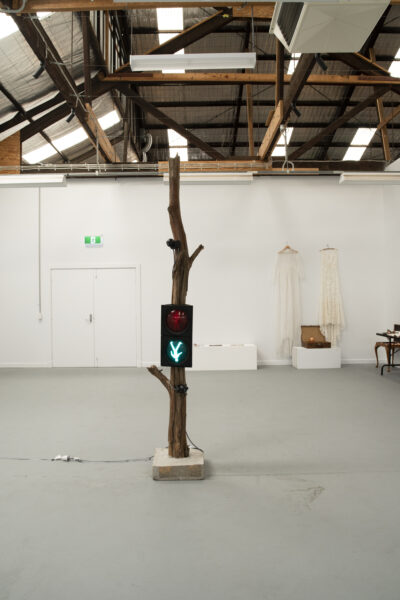
You are looking at things that maybe still serve a purpose in the home but trying to interrogate their role by transforming what that purpose becomes…
Yeah definitely. I think I definitely am interested in that kind of life debris that collects in the corners of life. I’ll hold some kind of object and go, ‘you know what? There’s something here and I can’t put my finger on what it is’. So the instinct is to collect that item and store it until I’m ready to figure out what I want to say with it or what it wants to say to me. I think part of that comes from that Shinto Japanese approach to everything having a bit of life in it.
I’ve got a lot of very mixed influences from various different lived experiences, from either living overseas in different places. And it trickles into my work in different ways, and one of those is that kind of approach to the objects or materials that I interact with. I interact with them as if they also are part of that interaction. And then I hope to pass that on to the viewer in certain ways.
You have studied overseas in Vietnam and Japan. Did you notice any marked differences in how artists and the arts are viewed in those cultures?
I think my lived experience with that has been very positive because that’s the places that I’ve been welcomed into. These places have been very open-minded and very curious in wanting to have a two-way conversation about things. For instance, in my time in Vietnam was our first contemporary exhibition with the Vietnamese Women’s Museum, and was supported by the Australian government of the Australian embassy through the New Colombo Plan program. It was our first contemporary arts exhibition with the Vietnamese Women’s Museum. And they were very curious to how that process was gonna happen.
They come from a very beautiful place in wanting to give the biggest value to the biggest community possible. So that exhibition focused on environmental themes around plastics in a very positive light on how can we utilise this material in new and wonderful ways. Exploring this with students and getting a student’s perspective on this issue locally for them. It functions very differently in different cultural contexts.I couldn’t see the exact same work being made or happening in the same way in Australia.
That’s just a very unique aspect of that opportunity that was presented to me. I think there’s opportunities everywhere around you if you know where to look or you’re willing to have conversations that present the possibility for new ideas and new joint ventures. I think there’s really special opportunities in different contexts to be outside of your frame of known reference. I talk about this in some of my works in this life. What happens when you get lost in both a physical sense and a non-physical sense where your landmarks have shifted? And you have to figure out how to reorient yourself.
You say that you are fascinated by the role of the viewer in participatory art works – can you expand on this? And how does it relate to your work Strait?
With Strait specifically, it was meant to be part of an interconnected crossroads. So keep in mind that it loses a little bit of something when it’s looked at by itself. But when you look at Strait by itself, I like to interrogate things that are connected to some sort of authority or power dynamic. And so a traffic light holds this very interesting thing. It’s not as like heavy handed as, say a security camera. It’s a thing that directs action and holds action in a very subtle way that we don’t really think about. In this work, I’ve sort of messed with that assumption because it becomes an assumption, it becomes an assumed behavior or assumed response. And I tried to explore what if you disrupted that power? It becomes much more ambiguous and it becomes a situation where a participant needs to explore and interrogate what that object is now doing. Because all of a sudden the assumption is different. You have to re-navigate and figure out what’s happening in a very simple way.
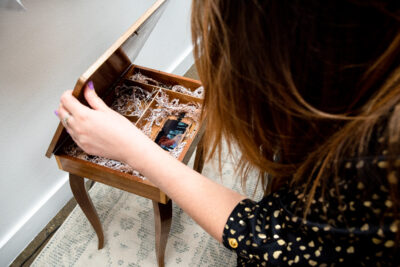
Strait was exhibited at the 2022 Helpmann Academy Graduate Exhibition, where it was purchased by Jason. How does it feel to have a work purchased and exhibited in a business?
I think it’s a fantastic experience. I was very humbled when my work was purchased because the kind of work that I exhibit I recognised is not often something that’s very saleable. So it’s a great compliment to have your work appreciated so much that it would be purchased first and foremost. And I’m very grateful to organisations such as Helpmann, which help facilitate that opportunity in ways that would be quite difficult as an emerging artist to access.
I was very excited to learn where my work was going to be, because it needs to be somewhere where there’s people interacting, moving, walking past. That’s where it comes to life almost. So I was very excited to learn it was going to be in an office.
It’s a wonderful thing. The feeling of having your work purchased is something that gives you some confidence as an emerging artist. To know that someone has really valued your work is a very special thing.
Do you feel there is enough support for emerging artists in the state?
I’ve definitely sought very alternate roots to opportunities certain times. So the scholarship that I went on, which allowed me to live overseas was not an art scholarship by any stretch of the imagination. So there’s the opportunity for wonderful chances to engage with different sorts of opportunities through our wonderful ability as creative artists to think creatively.
We’ve definitely suffered from Covid with certain pre-existing programs, scholarships that have been heavily affected by the pandemic. So we are definitely feeling that some of that will take time to rebuild. Yes it feels like covid is over, but the repercussions are still being felt in different ways.
I think that’s always gonna be influx. That’s just the nature of that. But there’s also really unique and wonderful opportunities and artist led organisations that are appearing. I am a part of a wonderful group called the Rundle Collective, who are pioneering a studio space, collective space and support network for Adelaide artists. Initiatives like that are really special because it’s led by the people in the arts community to support people in the arts community, and comes from a very humble and meaningful place. I think if we all collectively work towards helping to provide the support that we want, then we will be part of the positive change.
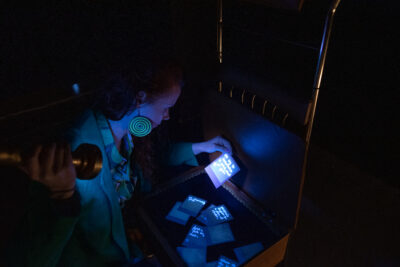
What’s something you are excited about this year?
I am very excited to start finalising a bigger body of work. I like the duality of responding to past bodies of work with either an extension or a reflection. I’m really excited to finally do something with all of these weird and wonderful objects that I’ve been collecting and all these little breadcrumbs of places that I’ve been.
Square Holes has partnered with Helpmann Academy to provide insights through market research to evolve and fine tune its output since 2006.
